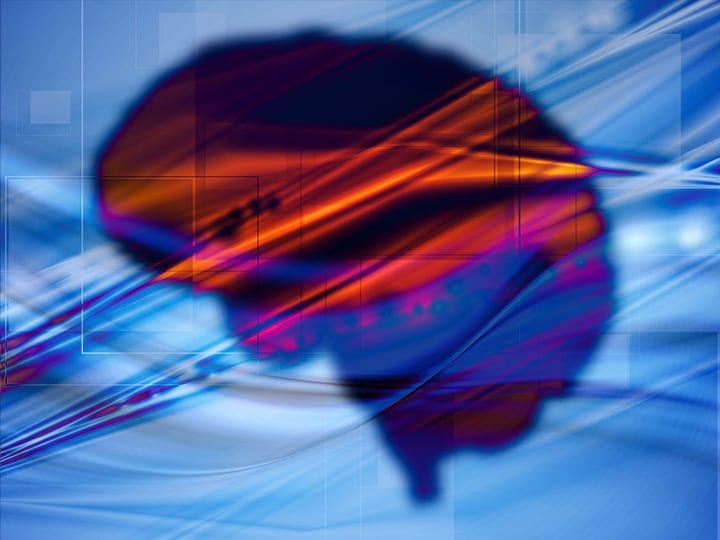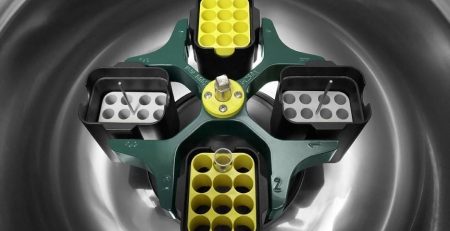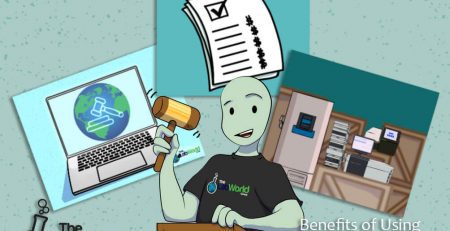New Way to Detect “Covert Consciousness” Could Aid Recovery of Brain Injury Patients
Doctors define “covert consciousness” as “a degree of cognitive function that is important to recovery but is not detectable by standard bedside exams.” Now, however, for the first time, scientists have reported a large-scale demonstration of an approach that can help detect this function using specialized computer analysis of routine EEG recordings from the skull, The New York Times reports.
“This is very big for the field,” Dr. Nicholas Schiff, professor of neurology and neuroscience at Weill Cornell Medical College, said. “The understanding that, as the brain recovers, one in seven people could be conscious and aware, very much aware, of what’s being said about them, and that this applies every day, in every I.C.U. – it’s gigantic.”
While this approach won’t be widely available in the near future, due to the lack of technical expertise in most I.C.U.s, doctors believe that once this technique is further developed, it will likely change practice requirements around the world and help guide treatment decisions.
In this analysis, which was recently published in the New England Journal of Medicine, researchers from Columbia University and New York University tracked 104 unresponsive patients in Columbia’s neurological I.C.U.. All had suffered brain injuries from different causes, including blows to the head, heart attacks, and internal bleeding. EEG recordings were taken from each in the first few days after their injuries. During each recording, the researchers gave patients instructions through headphones. The data was then fed into a machine-learning algorithm that compared the brain activity following each command to the resting-state activity, looking for any distinct and consistent differences. In 16 patients, hidden activity became evident.
The researchers continued to track the progress of all the patients for a year. While patients in both groups showed an improvement, those with hidden brain activity had a better prognosis overall. After a year, seven out of 16 patients in the latter group had recovered to the point where they could function without help for at least eight hours. Out of the other group, only 12 out of the 88 remaining patients reached that level of recovery.
While additional research will need to be conducted, many neurologists feel that this “field is on the verge of gaining useful insight into the mute, immobile but very human patients in their care.” “This approach is not perfect,” Dr. Brian Edlow, associate director of Massachusetts General Hospital’s Center for Neurotechnology and Neuro recovery. “But this study suggests that there are compelling reasons to acquire these types of data.”
Read more about the study here.














